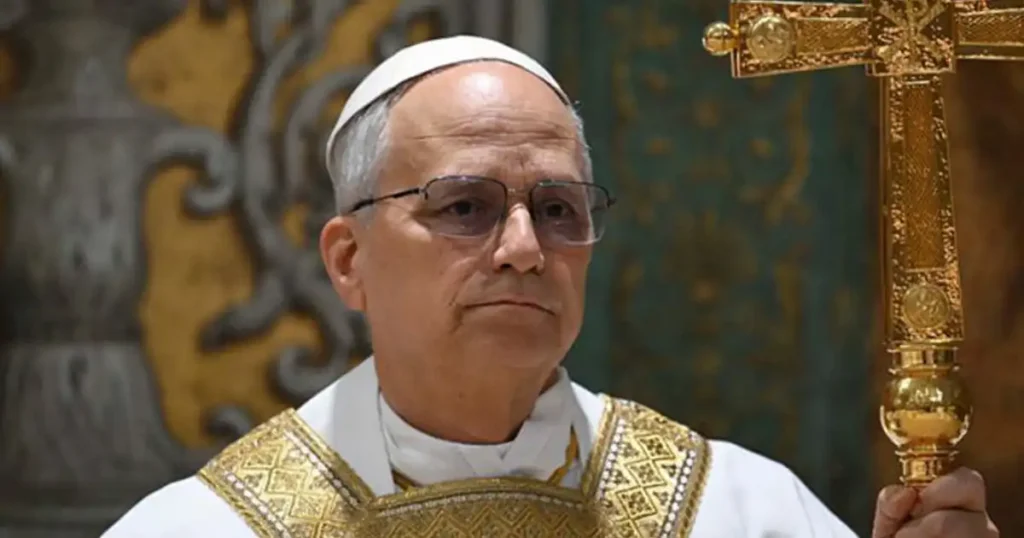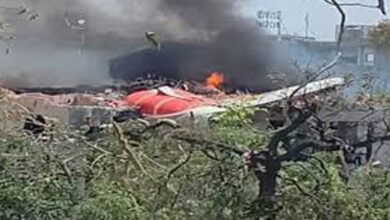Pope Leo XIV’s election sparks ‘final pope’ prophecy fears — but experts say it’s fiction
Ancient Irish prophecy resurfaces after Pope Leo XIV becomes first American pontiff, but historians call the claims baseless
The Catholic Church welcomed Pope Leo XIV as its new leader on May 8, but an old doomsday prophecy has some conspiracy theorists warning he may be the last pope.
At 69 years old, Pope Leo XIV — formerly Cardinal Robert Prevost — made history by becoming the first American to lead the Roman Catholic Church. He was elected after the passing of Pope Francis on April 21, 2025, at age 88. While Catholics across the globe are largely celebrating the new papacy, others have reignited a centuries-old prophecy that suggests this pope could be the Church’s last.
The theory comes from the so-called “Prophecy of the Popes,” a controversial text attributed to Saint Malachy, a 12th-century Irish mystic. According to this document, there would be 112 popes following Malachy’s lifetime, with the final one ominously labeled “Peter the Roman.” That pope, the prophecy suggests, would lead the Church during a time of great upheaval before judgment day.
Why Leo XIV doesn’t fit the prophecy
Conspiracy theorists have been quick to claim that Pope Leo XIV may be “Peter the Roman,” but scholars and religious experts strongly disagree. For starters, Leo XIV’s birth name is Robert Francis Prevost, and he is a dual citizen of the U.S. and Peru — not Italy. There’s no direct connection to the name “Peter” or the descriptor “Roman.”

Josh Canning, a Catholic leader in Toronto, said back in 2013, “I don’t know how you can connect Peter the Roman with Pope Francis,” and the same logic applies to Pope Leo XIV.
Fr. James Weiss, a professor of church history at Boston College, bluntly called the entire prophecy “a forgery.” He explained that the so-called predictions, which began with Pope Celestine II in 1143, do match up with real papal events up until the late 1500s — but only because many historians believe that’s when the prophecy was actually written. “After that, it’s hit or miss,” Weiss noted.
A closer look at the prophecy’s flaws
The Prophecy of the Popes includes 112 cryptic Latin phrases — such as “shepherd and sailor” or “flower of flowers” — each supposedly linked to a future pope. While these phrases seem oddly accurate for the first few centuries, experts agree that this is likely because the list was created after the fact.
Professor Joëlle Rollo-Koster, who teaches medieval history at the University of Rhode Island, put it plainly: “There’s no solid evidence linking Malachy to any prophetic writings.” She emphasized that historians have never found documents from his time that contain these predictions. In her words, “That, for me, is the ultimate proof that Malachy did not utter prophecies.”
The prophecy has found new life online following Pope Francis’s death, especially among doomsday enthusiasts. Still, religious leaders urge believers not to let such ideas cloud this new chapter of leadership. The Vatican has not commented on the prophecy and continues to focus on Pope Leo XIV’s role in guiding the global Church forward.
While the mystery of Saint Malachy’s writings continues to capture the imagination of some, scholars say there is little reason to fear an apocalyptic future simply because a new pope has taken the helm.
Pope Leo XIV’s election marks a new era for the Catholic Church — one that reflects its growing global reach, especially in the Americas. Rather than focus on outdated prophecies, many Catholics are looking forward to what his leadership could mean for the Church in a modern world.
As Fr. Weiss summed it up: “People love mystery. But faith is not built on fear or superstition — it’s built on trust.”





